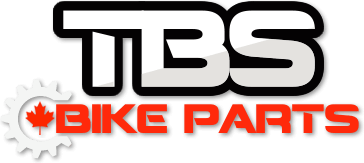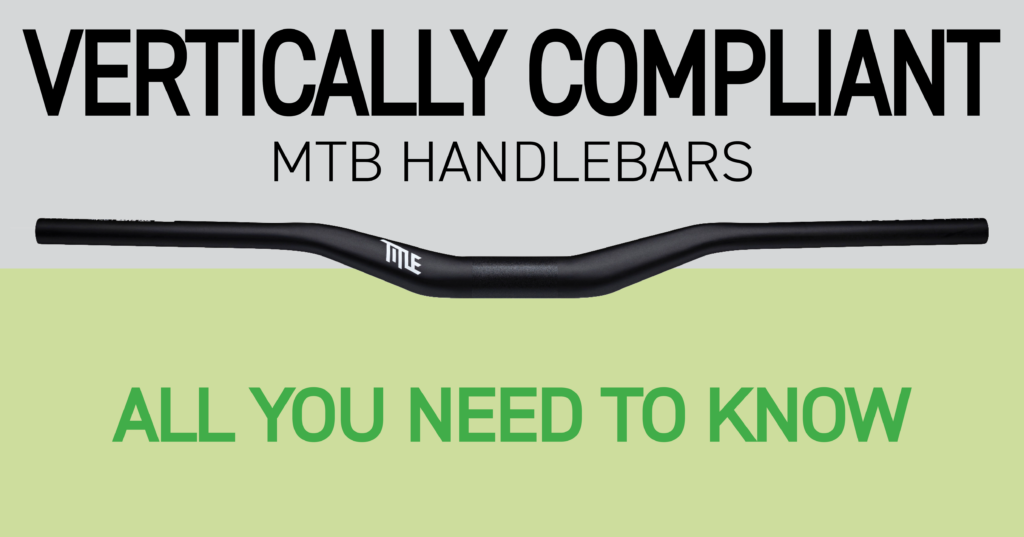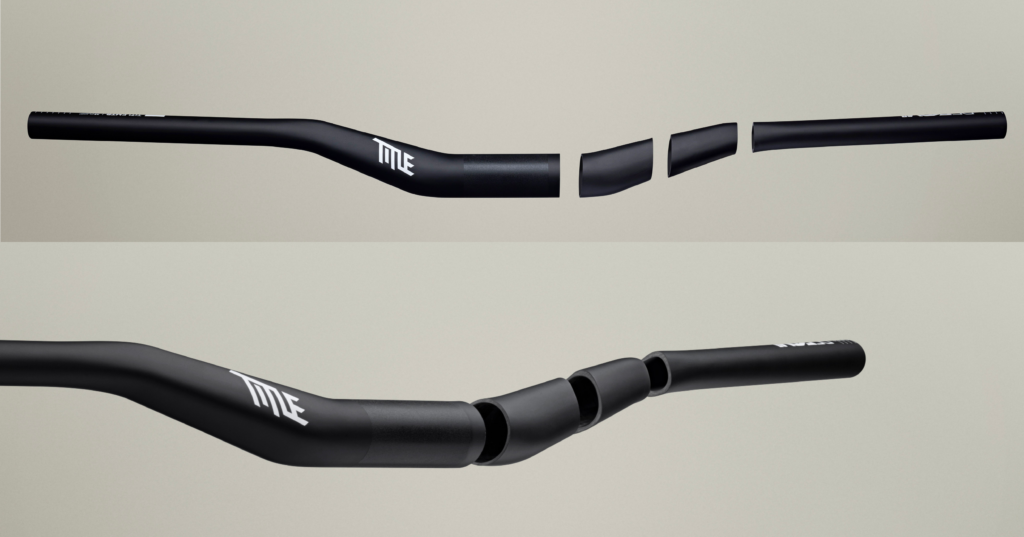Vertically Compliant MTB Handlebars – All You Need to Know
What is vertical compliance in regards to mountain biking?
Vertical compliance, in the context of mountain biking, refers to a design feature or characteristic that allows a bike frame, fork, or component to flex or absorb vertical impacts, shocks, and vibrations generated while riding on uneven or rough terrain. This compliance is intended to improve rider comfort, enhance traction, and provide a smoother ride, especially when cycling on bumpy or off-road surfaces. Vertical compliance is primarily associated with the following mountain bike components: frames, forks, tires (& tire pressure), seatposts, & handlebars (typically carbon handlebars).
For the following article we are going to be focusing on vertically compliant handlebars and everything you need to know about them. More brands seem to be using vertical compliance as a selling feature when it comes to marketing their carbon bars, so we thought it would be helpful to do a general overview of vertically compliant handlebars.
What is a vertically compliant MTB handelbar?
Vertically compliant mountain bike handlebars refer to handlebar designs that incorporate some degree of vertical flex or compliance to absorb shocks and vibrations while riding off-road. This compliance can help improve comfort, reduce fatigue (especially arm or hand fatigue), and enhance control when riding over rough terrain. In recent years, vertical compliance has been linked more and more to carbon handlebars, as certain manufacturing processes can allow the handlebar to have varying degrees of vertical compliance.
SHOP VERTICALLY COMPLIANT MTB HANDLEBARS NOW
Types of Compliance
Carbon fiber handlebars can offer compliance in various ways:
Flattened Tops: Some carbon bars have flattened or ergonomically shaped tops to provide a bit of flex and comfort when gripping the handlebar in the center.
Tuned Flex Zones: Some handlebars may have engineered flex zones designed to flex vertically while remaining rigid laterally.
Carbon Weave and Layup: The choice of carbon weave and the layup schedule can influence how much compliance the handlebar offers.
Examples
In a Pinkbike article posted within the last year on Title's Form carbon handlebars, they mention that "Title MTB's new Form Carbon 35 handlebars introduce a unidirectional layup to create an “ultra-compliant” bar that passed stringent testing. Yet, it’s also one of the lightest handlebars on the market at 194 grams. The theory behind the Reform shape is that it reduces vertical feedback but still retains stiffness for steering by using an oval cross section."
Similarly, OneUp Components mentions on their website that "OneUp Carbon Handlebars have an oval cross section which is shorter vertically and wider horizontally than traditional round handlebars. This lets us independently tune the flex of the bar to be more compliant and comfortable vertically and stiffer and more responsive front to back which gives you a better feeling bar."
These are just two examples of brands that are developing vertically compliant handlebars and using the vertical compliance as a selling feature. With the different options to make carbon bars compliant and it being a relatively new manufacturing process, we are sure to see more and more brands come out with vertically compliant handlebars and experiment with different processes.
So what are the advantages and disadvantages to vertically compliant handlebars? We take a look at some of the pros and cons below.
Pros of Vertically Compliant Handlebars
- Improved Comfort: The primary benefit of vertically compliant handlebars is improved rider comfort. They help absorb shocks, vibrations, and impacts from rough terrain, reducing the strain on the rider's hands, arms, and upper body. This can lead to less fatigue during long rides.
- Better Traction: Compliance in the handlebars can help the front wheel maintain better contact with the ground, enhancing traction. This is particularly beneficial when riding on loose or technical terrain, where traction is essential for control.
- Enhanced Control: The improved comfort and traction can result in better overall control of the bike, especially on challenging descents and technical sections.
Cons of Vertically Compliant Handlebars
- Cost: Vertically compliant MTB handlebars, especially those made from advanced materials like carbon fiber, can be more expensive than standard rigid handlebars. The cost of these handlebars will be a deal breaker for some.
- Weight: Some compliant handlebars may be slightly heavier than their non-compliant counterparts due to additional materials or construction methods used to achieve compliance. While this isn't always the case, this could be a concern for riders looking to minimize weight.
- Reduced Feedback: While compliance can provide a smoother ride, it may also reduce the direct feedback from the terrain that riders receive through the handlebars. Some riders prefer to feel every bump and detail of the trail for better control. This mainly comes down to preference and finding the right balance of what works best for you.
- Handling Precision: Excessive compliance can potentially affect handling precision, especially in high-speed or technical situations. It's essential to strike the right balance between compliance and lateral stiffness.
Our Take
Vertically compliant MTB handlebars can be a valuable addition to your bike setup, offering improved comfort, traction, and control, especially on rough terrain. However, they come with a higher cost and potential trade-offs in feedback and handling precision. Riders should carefully consider their riding style, terrain, and preferences when deciding whether to use compliant handlebars and how much compliance they need. This will most likely come down to trial and error to really find what works best for you. It is one of those things where you really need to try different options to notice a difference.
SHOP VERTICALLY COMPLIANT MTB HANDLEBARS NOW
Remember that we offer free shipping on all orders over $149CAD within North America. All orders are processed and shipped within 24 business hours. Spend less and ride the best with TBS Bike Parts!




